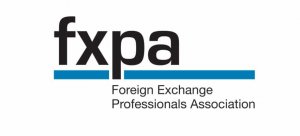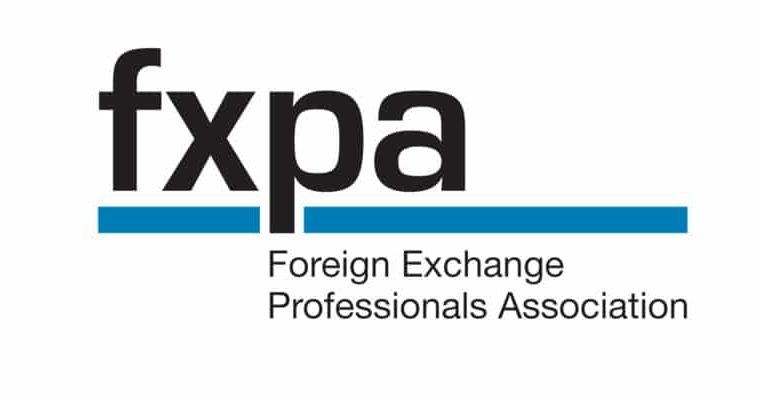These guidelines aim to assist buy-side firms in effectively transitioning to the T+1 settlement cycle, highlighting the importance of preparation to mitigate potential risks and challenges.

The Foreign Exchange Professionals Association (FXPA) has released guidance for buy-side traders addressing the upcoming T+1 Settlement for U.S. and Canadian equities, effective May 2024.
The document, titled “Buy Side Guidance in Preparation for T+1 Settlement,” offers a framework of recommendations.
The unintended FX settlement risks of T+1
The guidance aims to mitigate risks associated with T+1 settlement. FXPA highlights potential operational risks in FX trading processes. These include sales, trading, and settlement operations. The association emphasizes the importance of comprehensive preparation.
FXPA recognizes that T+1 aims to streamline settlements. However, they caution against unintended FX settlement risks. The guidance urges FX traders to review the impact of T+1 on their businesses comprehensively.
The preparation for T+1 settlement should consider several aspects. These include trading relationships, credit, operational processes, funding, and settlement. FXPA sees this as an opportunity for firms to assess the broader implications of faster settlement cycles.
The guidance was developed after feedback from a September 2023 roundtable. This event, focusing on T+1’s impact on FX trading, was a joint effort with the Global Financial Markets Association’s Global Foreign Exchange Division (GFXD).
FXPA has been active since 2014, advocating for the institutional FX market. Its efforts are aimed at promoting a sound, liquid, transparent, and competitive global currency market. FXPA’s membership includes major financial and technology firms. The guidance reflects a collective view but not individual opinions of members.
The FXPA recommendations for the buy-side
The document from the Foreign Exchange Professionals Association (FXPA) provides a comprehensive framework of recommendations for buy-side traders in preparation for the shift to T+1 settlement in May 2024. These include:
- Pre-Trade Considerations:
- Ensure new accounts are fully onboarded and enabled for FX trading and settlement before trading commences.
- Review the necessity of ISDA/CSA agreements with counterparties for T+1 dated transactions.
- Assess whether pre-trade netting logic in Straight-Through Processing of FX Orders needs adjustment.
- Evaluate credit lines, banking, and overdraft facilities, and understand the commitment of funds.
- Consider the need for a Night Desk or a physical North American presence to manage settlement risk.
- Trading Considerations:
- Be prepared for extended FX trading hours and potential liquidity shortages.
- Optimize liquidity during busy periods and assess the impact of T+1 on trading relationships.
- Review the timing of program trades in light of T+1 cutoff times.
- Explore strategies for processing bulk transactions to mitigate settlement risk.
- Ensure timely processing of T+1 trades, considering WM and BFIX London 4pm Benchmarks.
- Consider the implications of rollovers of FX positions and their impact on reinvestment.
- Corporations should assess how T+1 settlement might affect their public financial reporting.
- Post-Trade Considerations:
- Determine the need for earlier post-trade allocation (PTA) for transactions with tight T+1 processing deadlines.
- Discuss processing capabilities and cutoff times with custodians.
- Identify necessary changes in the fund settlement cycle to adapt to T+1.
- Engage in dialogues with counterparties, custodians, and settlement and clearing service providers.
- Review post-trade correction and cancellation processes to mitigate potential T+1 issues.
These guidelines aim to assist buy-side firms in effectively transitioning to the T+1 settlement cycle, highlighting the importance of preparation to mitigate potential risks and challenges.












